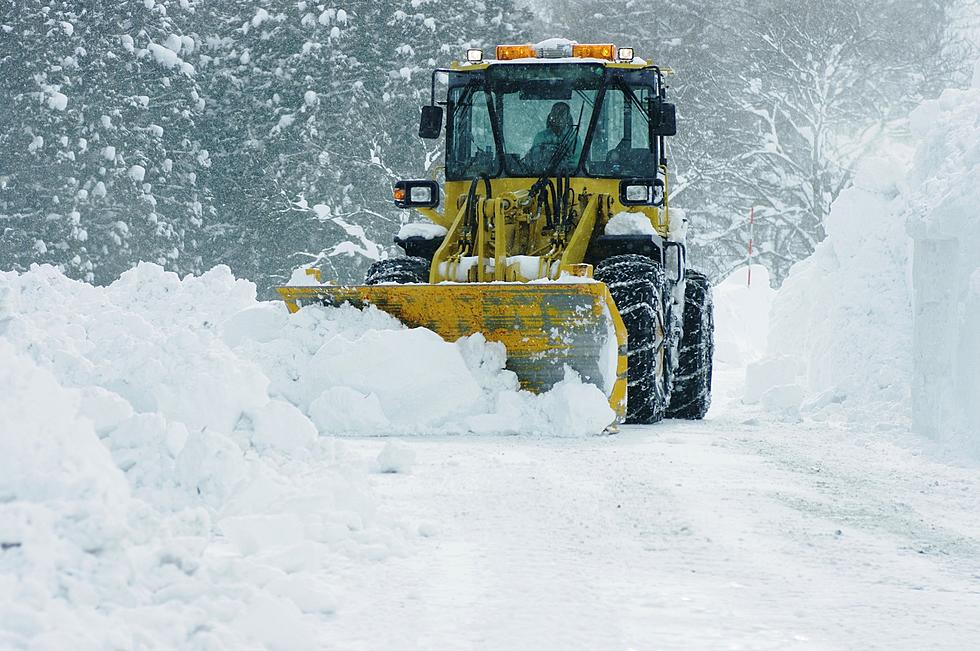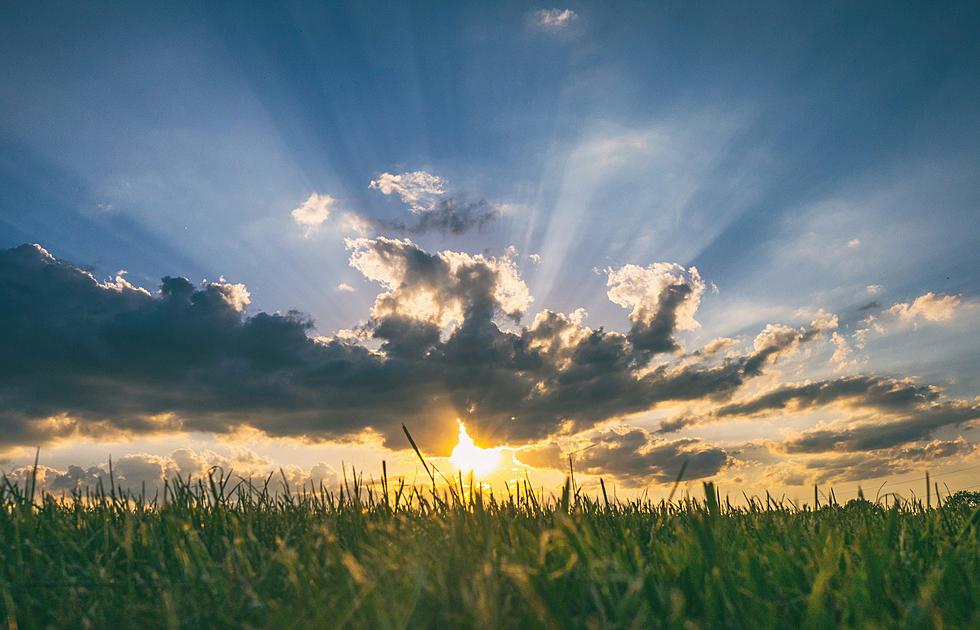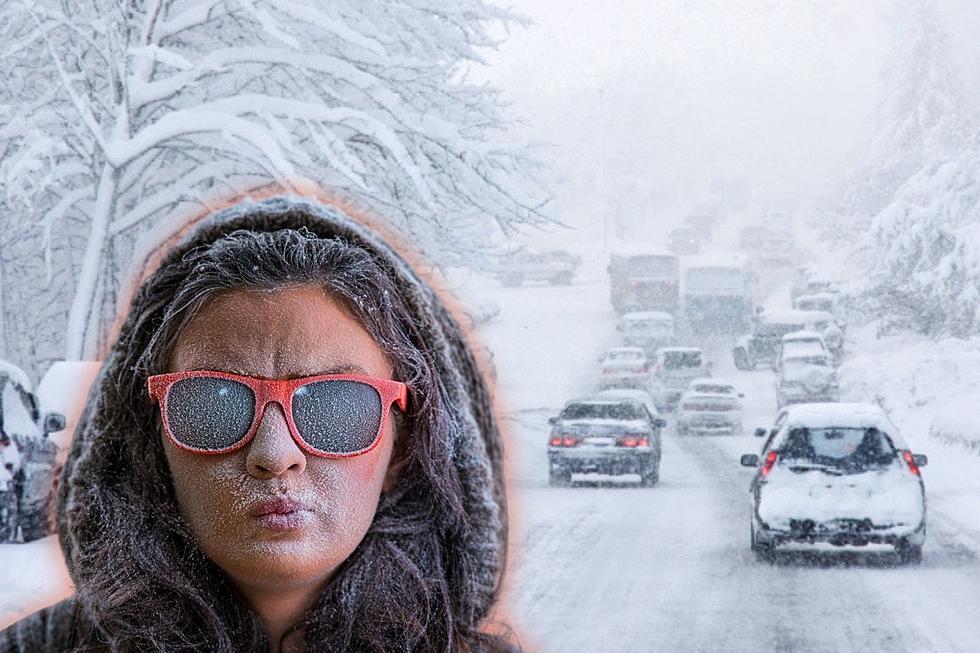
Farmers’ Almanac Predicts that Iowa is in for a “Rough Winter”
Before we delve into Winter 2022, how did last year’s forecast fare for The Farmers' Almanac? Eh, not bad, actually.
They called for “Cold Temperatures and Above Normal Snowfall” for the Midwest:
Overall, for the three months of winter 2020-2021 (December-February) the statewide average snowfall was 32.2 inches, 9.4 inches above normal, making it the 12th snowiest winter in 134 years of records. It was also colder than normal. So yeah, they nailed it.
So for the upcoming winter, the Farmers' Almanac's extended forecast, warns that January will start out tricking us with milder weather for much of the country but then it will turn its shoulder and hit us with cold and stormy weather.
January: The Midwest will experience a cold and snowy start to 2022 with a blizzard forecast for the Northern Plains.
February: Expect a quiet month for the most part, but a ‘Winter Whopper’ could smack parts of the U.S.
March: For the East and Midwest, for example, a late winter storm will blow in at mid-month
You can buy the 2022 edition of the Farmers' Almanac for $7.69 on Amazon.
Besides forecasts, the Farmers' Almanac features gardening tips and calendars, best days to fish, full moon dates and names, meteor showers, and eclipse calendars.
The periodical has been providing long-range weather forecasts since 1818. According to their website:
“The editors of the Farmers’ Almanac firmly deny using any type of computer satellite tracking equipment, weather lore, or groundhogs.”
What they do use is a specific set of rules that were developed back in 1818 by astronomer and mathematician, David Young, the Almanac’s first editor.
The formula uses things like sunspot activity, the tidal action of the Moon, the position of the planets, and a variety of other factors. The only person who knows the exact formula is someone who goes by the name “Caleb Weatherbee.” His true identity has been kept secret.
Its main rival, the OLD FARMER’S ALMANAC, will print its 230th edition on August 17, 2021.
So what’s the difference between the two? They’ve both been predicting weather forecasts for over two hundred years, but they do have subtle differences. Read more here.
Things You Should Never Do In Iowa
LOOK: The most expensive weather and climate disasters in recent decades
More From 104-5 KDAT
![Iowa Concerts & Comedy Shows in 2024 [LIST]](http://townsquare.media/site/673/files/2024/02/attachment-Add-a-little-bit-of-body-text-26.jpg?w=980&q=75)








